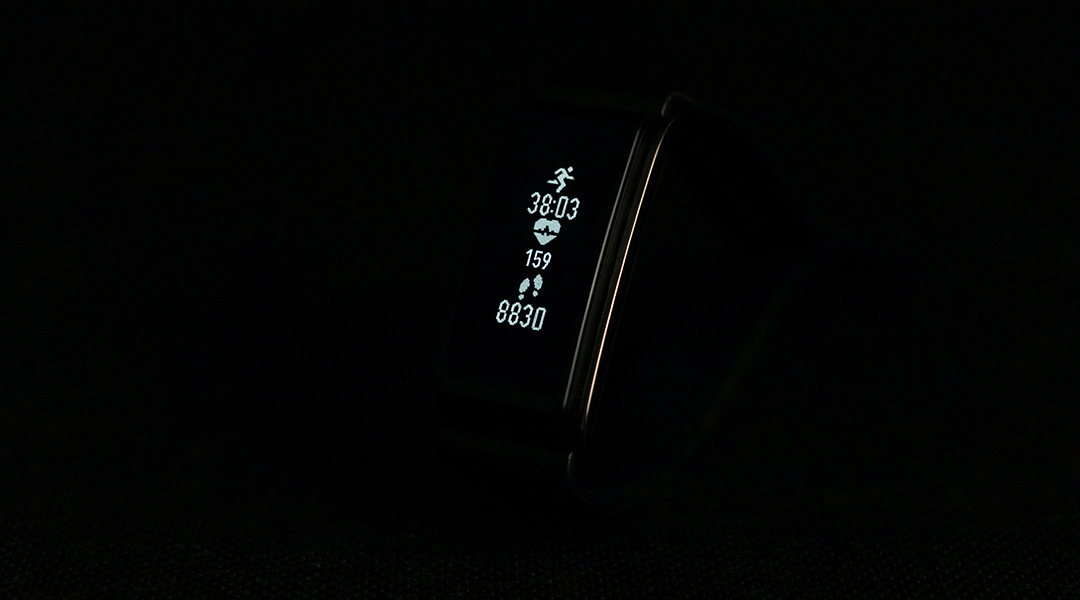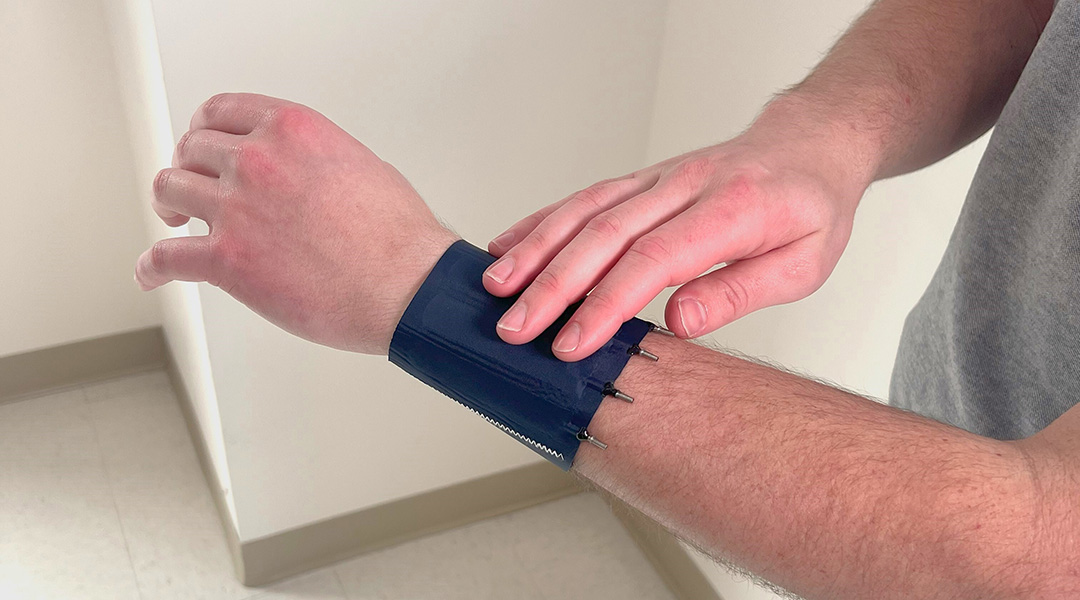Zinc metal batteries built using a novel hydrogel electrolyte show remarkable performance and processability, making them suitable for the next generation of wearable energy storage devices.


Zinc metal batteries built using a novel hydrogel electrolyte show remarkable performance and processability, making them suitable for the next generation of wearable energy storage devices.

Using magnetic connectors, researchers create “plug-and-play” mobile health monitoring devices that can be catered to an individual’s need.

A haptic sleeve combines a new kind of on-demand information with soft textiles, taking haptic technology to new levels.

A cloud-integrated wearable device could help catch postpartum problems during those critical first weeks after delivery.

Researchers are tackling the growing problem of electronic waste by designing wearable electronics from sustainable and recyclable materials.

E-CASE liquid metal adhesive enables flexible connections to make better, tougher flexible electronics for wearables and robotics.

Turns out, liquid metals offer an unconventional approach to creating fully flexible memory storage devices inspired by the brain.

The generator harnesses energy from water and is built with a fiberform material derived from the straps of disposable medical masks.

Discover how cellulose may revolutionize flexible electronics, replacing plastics in eco-friendly, sustainable substrates for innovative devices.

A battery-free wearable device wirelessly monitors health using body heat for continuous power.